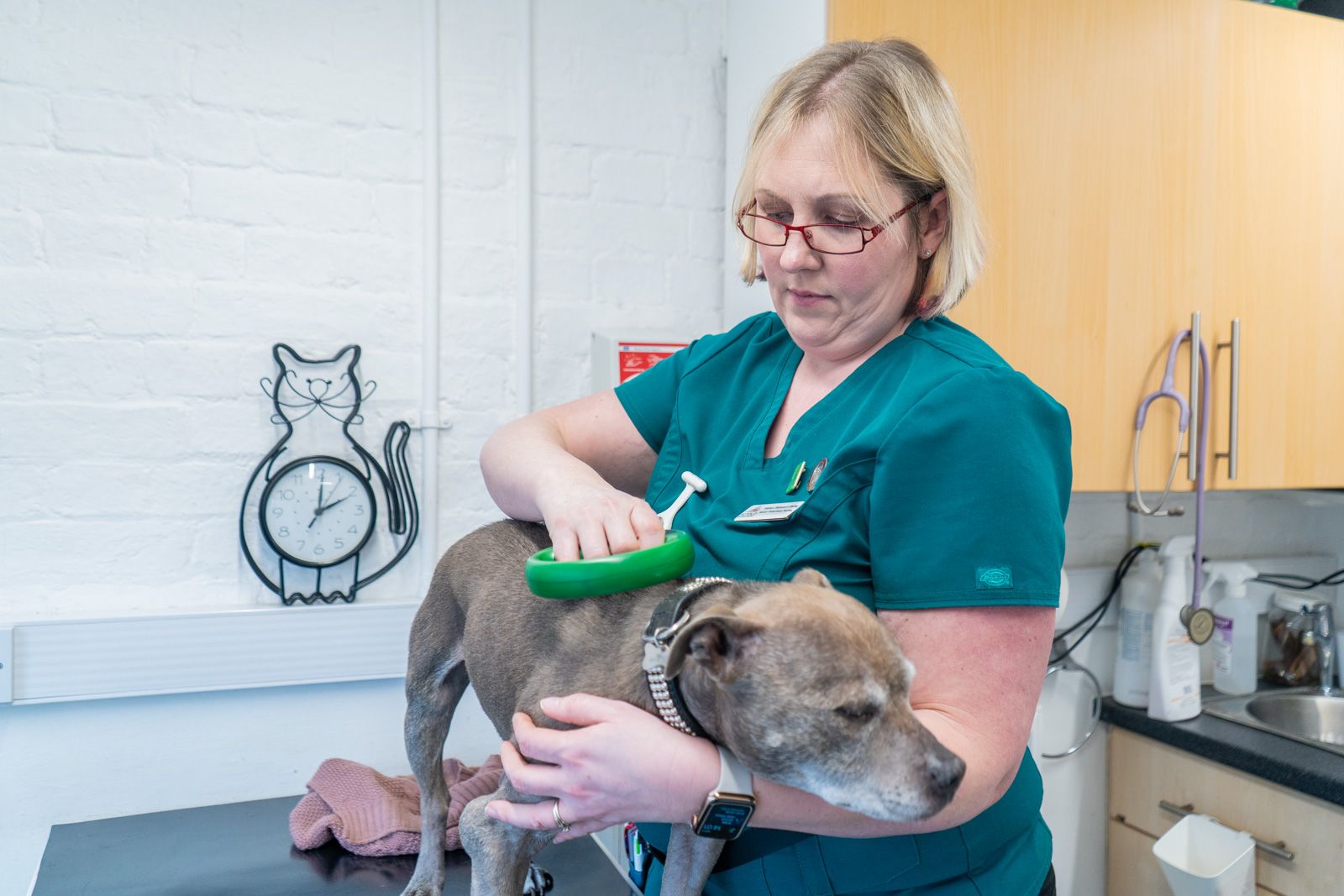Microchipping your dogs, cats and other pets
Microchipping is now a legal requirement for all dogs and cats. We also provide microchipping for other small animals.
It is a legal requirement for all dogs over the age of eight weeks old to be microchipped and for you to keep your and their details up to date on the database. You can be fined if you do not ensure this is done.
It is also a legal requirement in cats, with a failure to do so by the time they reach the age of 20 weeks punishable by a fine of up to £500.
What is microchipping?
Microchipping is a safe and permanent way of identifying your pet and is the best way to ensure that they can be returned to you if they are lost or stolen.
Many pets can be microchipped, including dogs, cats, rabbits and a variety of other species.
It is a legal requirement for all dogs over the age of eight weeks old to be microchipped and for you to keep your and their details up to date on the database. You can be fined if you do not ensure this is done.
It is also a legal requirement in cats, with a failure to do so by the time they reach the age of 20 weeks punishable by a fine of up to £500.
While collars and tags can be lost or removed, microchips are a more reliable and permanent form of identification.
However, they will only work if you keep your contact details, such as your address and phone number, updated and accurate.
What does the process involve?
Having your pet microchipped is both quick and safe.
The microchip is implanted beneath the skin of your pet, commonly at the back of their neck, in a procedure that causes minimal discomfort. Microchipping is carried out by your vet or another trained member of the team.
The microchip is about the size of a grain of rice and will last for the duration of your pet’s life. Once it is implanted it is painless and your pet will not know it is there.
We will help you to register the microchip with the correct database to ensure your contact details are linked to the chip number for future use.
It is really important that these details are kept up to date if your contact information changes – we will show you how to do this if necessary.
How does microchipping work?
If your pet is found by anyone, a professional such as a vet or a dog warden will scan the microchip and be given a 15-digit code.
This code can then be searched on the microchip database, who will run security checks before supplying your contact details so you can be notified.
Providing you have kept your contact details up to date, this will enable you to be reunited with your pet!

